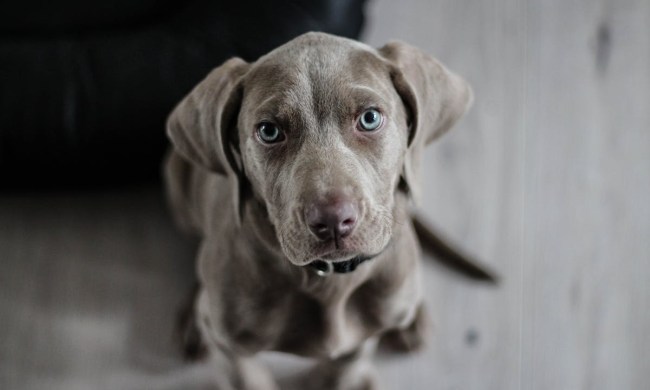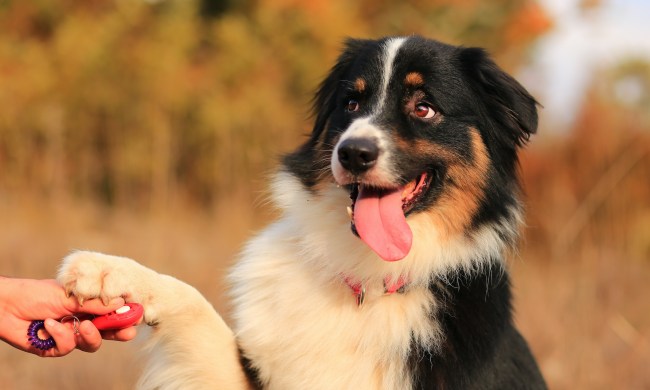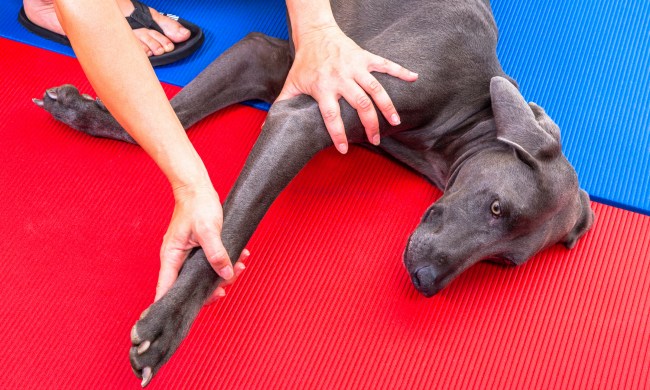When you’re learning how to socialize your dog, most resources you’ll find will teach you how to socialize your puppy. This first stage in life is when most dogs learn how to communicate and interact with other people and pets, but not all dogs get the best start to life. Whether you rescued your furry friend and are making up for lost time, or you’ve realized it’s time to make some changes, you can do a lot to help your pup gain manners.
There are a few differences between puppy and older dog socialization, but any dog can learn. By taking small, confidence-building steps, you’ll help your dog approach new people and places with ease. You really can teach old dogs new tricks!
Go for daily walks
One of your dog’s favorite activities can be good for his social skills, too. Taking a walk lets your dog get used to the sights, sounds, and smells of the neighborhood, which will let him learn both structure and confidence. The next step, however, is to take your walk somewhere new.
As you explore a new place, your pup gets the chance to “meet” other dogs through the scents they leave behind. This may be extra exciting at first, but your dog will learn to keep his cool as he experiences more and more new smells. You can reinforce a calm attitude by stopping in place whenever your dog pulls on the leash.
As scents become the new norm, you may feel ready to introduce your pup to a new canine friend — or at least an acquaintance. Keep reading for tips on making this introduction as safe and easy as possible.
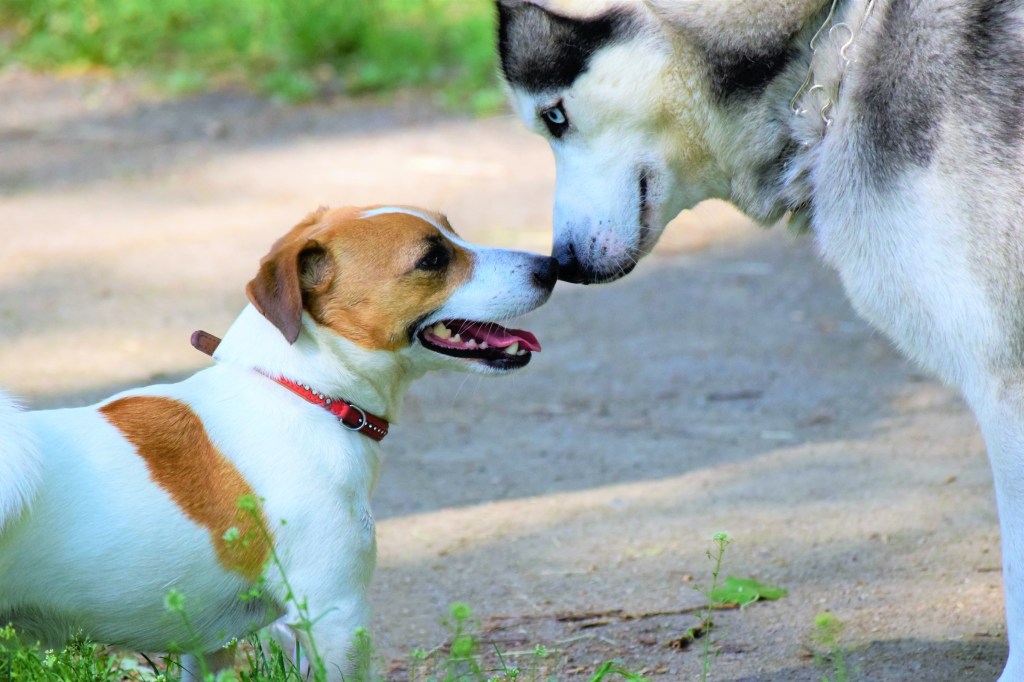
Walk around the dog park
If your fur baby isn’t used to being around other dogs in an off-leash setting, don’t feel like you have to jump right in with a visit to the dog park. Instead, Hills Pet recommends letting your pup take in the sights, sounds, and smells from a distance.
With your dog safely leashed, take a stroll near your local dog park. As your dog gets acclimated, you can move a little closer. By the end of the trip, or maybe on a second visit, you may even feel comfortable letting your dog sniff another pup through the fence. This gives you much more control than if you were to meet another dog inside the dog park, so you can end the interaction quickly and safely if needed.
Introduce one new person
Socialization isn’t all about dogs — it includes people, too! It isn’t easy when your pup fears new humans, but it’s certainly understandable, especially if your dog was rescued after a history of abuse or abandonment. This step may work completely independently from your dog’s progress with other pups, although building confidence with dogs might help him be comfortable around people as well.
On a day when your dog is calm and content, try introducing one new person. Hills Pet suggests keeping your dog on a leash during this interaction, even in his own home. Have your guest approach you and your dog slowly, ideally while offering a treat or toy that your dog enjoys. The idea is that positive reinforcement will encourage your dog to interact with this person, even minimally, but it’s OK if he’s not ready to approach — try again later.
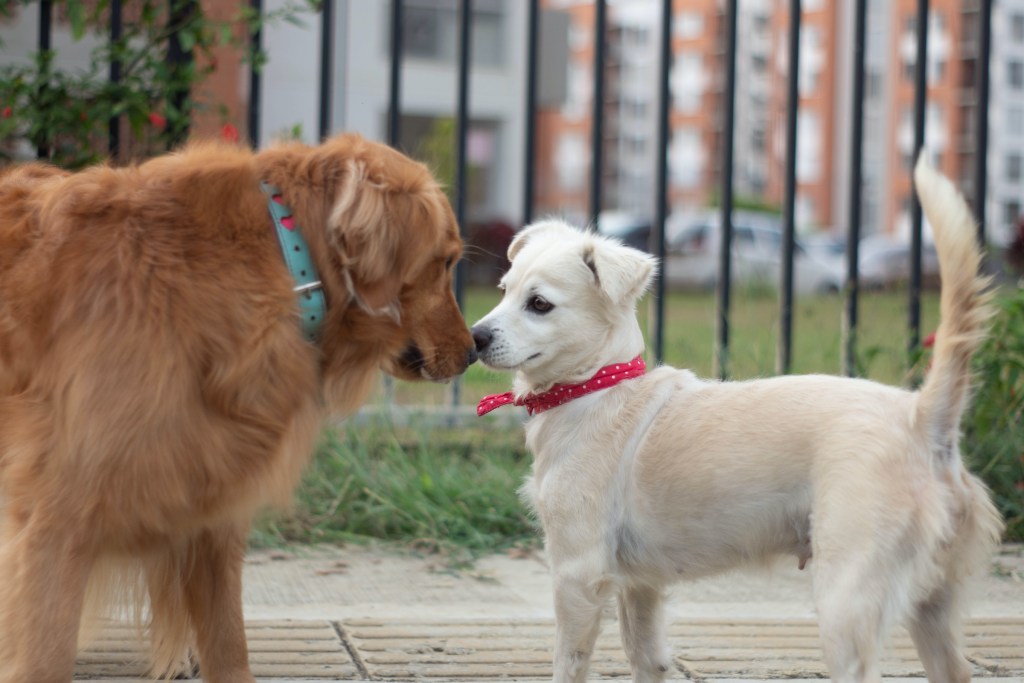
Safely introduce one new dog
You can use a similar technique when introducing your pup to another furry friend, though another dog can’t offer a treat as a person can. Because you don’t have quite as much control, you may want to muzzle your dog if he’s known to growl, bark, or bite. A muzzle doesn’t have to be a bad thing, either! It’s a safety measure — not a punishment — and should be treated casually. Cesar Milan’s Funny Muzzle is a great way to help people feel less negatively about muzzles, too.
Letting dogs meet through a fence or gate is another fantastic way to keep everyone safe during an introduction. Don’t force it if either dog doesn’t seem into a meetup, as this will only lead to more crankiness. The idea, after all, is to make this a positive experience for your pup.
Watch your mindset
What’s one thing that’s easy to overlook when you’re so focused on your dog? Yourself, of course! Although he may seem distracted while on a walk or meeting someone new, your dog is always keeping an eye on you and your reactions. If you’re acting like there’s something to worry about, your dog probably will be anxious, too.
If you’re calm, on the other hand, your dog might feel more reassured. He may still be anxious at first, but with a confident person like you by his side, he’ll get the hang of it. Staying calm includes keeping an eye on your body language, the volume and pitch of your voice (no high-pitched baby talk, please!), and the way you control his leash.
It can be frustrating when your dog doesn’t do well around other dogs or people, but you can do a lot to help him become more comfortable. If you still need a hand or some extra guidance, seek out professionals, like dog trainers and canine behavior specialists, for help. You aren’t in this alone, pet parents!

